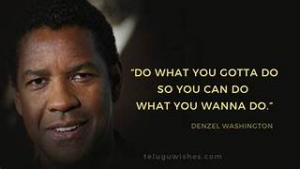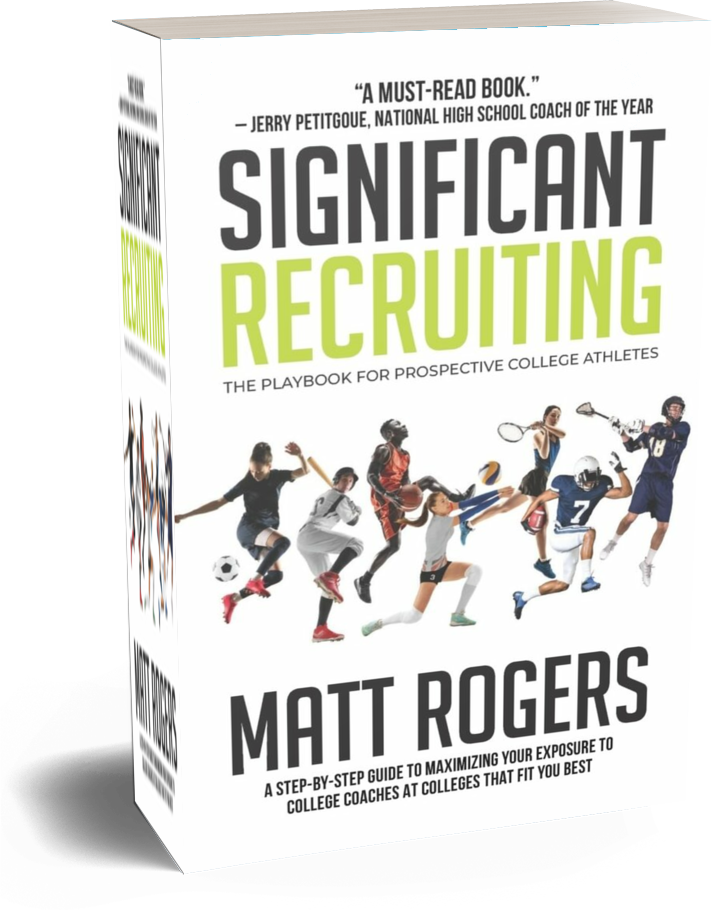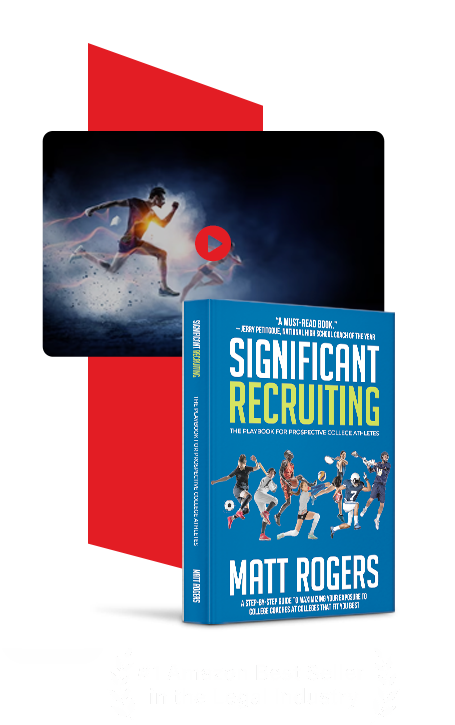“I believe that everyone chooses how to approach life. If you’re proactive, you focus on preparing. If you’re reactive, you end up focusing on repairing.” -John C. Maxwell
If you’re an Athletic Director who clicked on this link, perhaps out of frustration with the title, please know that I approach this topic with deep empathy. Having served as a high school and college coach and AD for nearly 25 years, the insights I offer here are drawn directly from my own experiences—including missteps I’ve made personally and observed in others.
I recognize that the role of an AD can be incredibly challenging and often thankless. Many ADs are juggling multiple responsibilities, making it nearly impossible to dedicate the time and attention they’d ideally like to give to their coaching staff and the daily development of student-athletes.
Today, a significant part of my work involves consulting with high school administrators, college presidents, and ADs to foster healthier, more effective athletic departments and teams. My primary focus is helping administrators leverage executive function tools to proactively equip their staff with strategies that can prevent issues before they arise. It’s all about the power of being proactive.
While this blog highlights some common mistakes made by leaders in athletics, I believe the solutions offered here will serve as helpful reminders for building a stronger, more resilient program.
Here are the five most common mistakes ADs make—and how to avoid them.
1. They rely too heavily on hiring from an application pool
I recommend maintaining a folder of promising young coaches and experienced coaches you admire from other schools. When you have a position to fill, reach out to these coaches directly to encourage them to apply, expanding your pool of strong candidates.
As I regularly attend high school and club events, I pay close attention to coaches at every level—club, freshmen, and junior varsity teams. When I see a coach who’s actively engaged with their athletes, demonstrating impressive energy and passion, I make a point to connect with them after the game. I express my appreciation for their efforts and ask if they aspire to become a head high school or college coach one day. If they’re genuinely excited about that possibility, I offer to share their resume with ADs in my network, providing them with my contact information to follow up.
Relying solely on resumes and recommendations can leave us uncertain about a candidate’s fit. It’s far more effective to hire someone you’ve personally observed excelling in the role, supported by strong credentials and references.
2. They don’t coach their coaches
One of the most challenging situations to witness is when new coaches are hired but receive minimal guidance on the expectations of the school and AD. All too often, coaches with limited or no prior coaching experience—sometimes never having been a head coach—are brought on board and expected to manage responsibilities such as parent communication, equipment purchases, tryouts, player rotations, and team travel simply because they’ve been given the role.
To set new coaches up for success, every AD should have essential resources ready, including templates for practice planning, guidelines for parent communication, uniform and equipment management, and organizing end-of-season events. (If you need assistance creating any of these templates, please feel free to reach out.)
Coaches need guidance, much like the support they provide to their athletes. Before finalizing a coaching hire, offer clear, written expectations. Let new coaches know that you’ll meet with them at least monthly and attend practices periodically. Emphasize that while they have the freedom and independence to lead their program, your role is to ensure that the job’s challenges don’t escalate into unhealthy situations for them, the players, or parents. Ask if they’re open to receiving constructive feedback in a supportive manner; if their response or body language suggests discomfort, consider having a deeper discussion before moving forward with the hire.
3. They don’t have consistent staff meetings
The term “culture” is often used loosely, but developing a meaningful, consistent culture that aligns with the values of the school and athletic department requires a structured approach.
Regular, mandatory monthly meetings with all head coaches create a valuable opportunity for ADs to establish and sustain a unified culture across all sports. These meetings help ensure coaches are aligned, fostering a shared understanding of department expectations, values, and priorities. It also provides a platform for coaches to connect, which is especially valuable as they often share multi-sport athletes and facilities.
In these sessions, ADs can update staff on school calendars, state and conference rule changes, and department philosophies, while giving coaches the chance to share insights, address concerns, and build relationships with each other. This approach keeps everyone informed and engaged, reducing the need for multiple individual meetings each month and promoting a cohesive, collaborative environment across the entire athletics program.
4. They don’t attend practices
I can already imagine your thoughts: “I’m at school Monday through Friday (and often weekends!) from 7 a.m. to 9 p.m.—when am I supposed to get to practices?”
I understand. This job often goes unappreciated, and I’m not suggesting you add even more to your already packed schedule.
Here’s my recommendation: inform each head coach that you’ll be attending a couple of their practices each season. Show respect for their time by giving a day or two’s notice before you attend (I suggest observing once in the first two weeks of the season and again around the midpoint). This approach not only gives you a firsthand look at the coaching and development happening but also strengthens your position if a parent or community member raises concerns. You’ll be able to confidently and sincerely affirm that you’ve seen positive coaching and athlete growth firsthand.
Additionally, this gives you the opportunity to offer constructive feedback to the coach after practice if you see areas where mentorship may be helpful.
Block out these times well in advance in your calendar so you can plan around your personal schedule. This proactive approach supports both you and your coaches when it matters most.
5. They’re reactive instead of proactive
The most effective ADs begin each season with thorough preseason meetings, covering essential areas like expectations, goal setting, communication, staffing, player development, fundraising, community service, and academics. These meetings show your coaches that you fully support them by establishing consistent routines, productive habits, and executive function skills training from Day 1.
When you’re proactive and clear from the start, it reduces the need to constantly react to issues or explain lapses. By setting clear, written expectations and discussing them openly, coaches understand their responsibilities and can be held accountable if those expectations aren’t met. This clarity also enables you to address any challenges or performance issues with concrete evidence of your support and guidance from the outset.
If you’d like to discuss specific strategies or need tailored advice, I’m here to help. Feel free to schedule a strategy session through my site: coachmattrogers.com/contact. I’m always available to support you in advisory or consulting roles.
Looking for Coach Rogers’ book on college recruiting? Get your copy here: https://coachmattrogers.com/book/
Interested in a free 30-minute college recruitment strategy session with Coach Rogers? Schedule yours here: https://coachmattrogers.com/contact/






